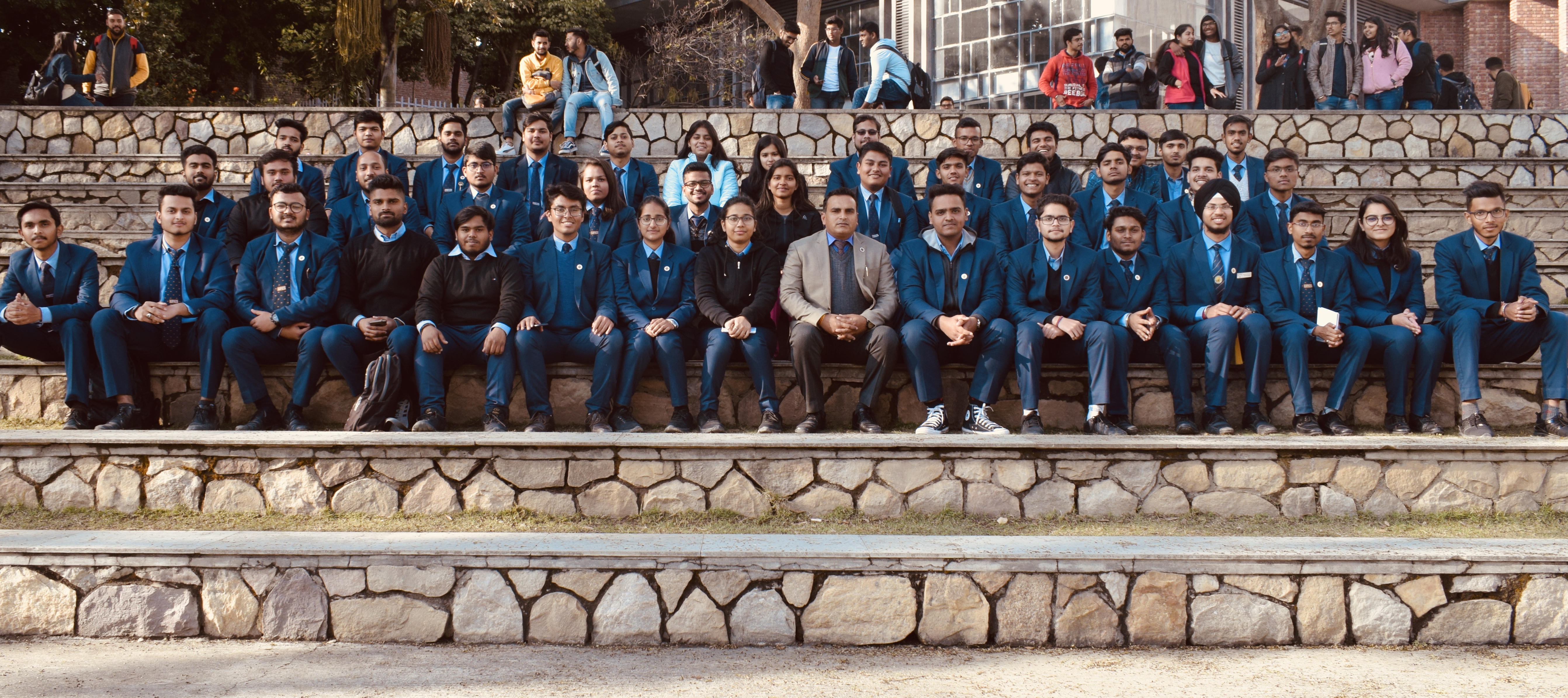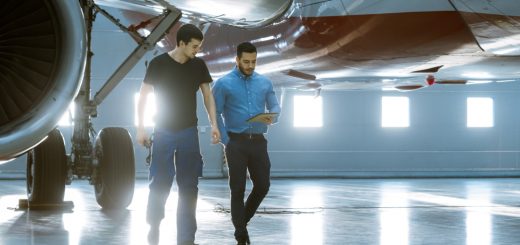UPES researchers develop COVID Ventilator Prototype System with Nenotech Pvt. Ltd.

The prototype is intended for demonstrating the working of actual ventilator being used in treating and monitoring patients with COVID-19
A COVID Ventilator Prototype System has been developed by the research team at UPES, which includes Dr. Ashish Karn, Faculty, Department of Mechanical Engineering and Mr. Gaurav Mittal, Doctoral Research Fellow at UPES. The prototype has been completed in collaboration with Nenotech Private Limited. It is intended for demonstrating the working of actual ventilator being used in treating and monitoring patients with COVID-19. The research team strongly suggests that it should never be mounted on any human or any living creature. The functionality should always be demonstrated using test lungs.
Explaining about the UPES COVID Ventilator Prototype System, Dr. Karn says, “The prototype consists of the following components: Vent for the user interface for setting ventilation modes, configuring parameters and displaying mode data on the Liquid Crystal Display (LCD) screen; Patient Breathing System for delivering and exchanging gases; Supply Cylinder Area for mounting supply cylinders and connecting them to Vent via provided inlet pipe; and Power Supply to power devices mounted on the Vent Unit.”
Gaurav stresses that the ventilator should be used under experts supervision only as it is very close to an actual ventilator. He says, “The UPES Ventilator prototype system should be used only by those who have received training in the use of this system and have basic technical knowledge of operating Embedded systems.”
Dr. Karn informs that the UPES Ventilator System is equipped with an AC power supply. He says, “The ventilator will automatically operate properly using the 220-240 Volt AC outlet. The ventilator comes equipped with a battery backup module, which automatically supplies 24 Volt DC power in case of an AC power failure, ensuring that the ventilator settings remain intact in the event of an AC power failure. The backup time in the prototype generally ranges around 10 minutes.”
The UPES Ventilator Prototype System can operate in three different modes, explains Gaurav. Assist Control-Pressure Control (ACPC), a pressure control ventilation system, generally given to the patients who are paralysed, sedated etc. It pumps the air at a given pressure point during inspiration in every respiratory cycle and peeps pressuring during the expiration cycle.
Next is the Synchronized Intermittent Mandatory Ventilation Pressure (SIMVP) mode, which assists the patient in breathing by pumping oxygen to the patient when he/she tries to inhale. The Continuous Positive Airway Pressure (CPAP) is made available to the patient throughout the respiratory cycle, during both inspiration and expiration. The CPAP mode is the most efficient mode for those patients who suffer from complete respiratory failure or patients who are sedated, paralyzed or need to rest. Triggering a breath in AC mode can be achieved by configuring the combination of Pressure, Peep Pressure, Respiratory Rate and Inspiratory to Expiratory Ratio.




This is an excellent Innovation. These researchers must have worked really hard to come up with a product like this. Hats off to your tireless spirit!
Wow! A full scale ventilator by an academic institution. This is unbelievable. Must say, UPES has amazing gems to its credit.
This is incredible, Dr. Karn! How come you develop it in this current lockdown situation? This is phenomenal. Well done, UPES.
I would be keen to see this amazing innovation put out there for a practical use. We need such innovators desperately. Love and Respect.